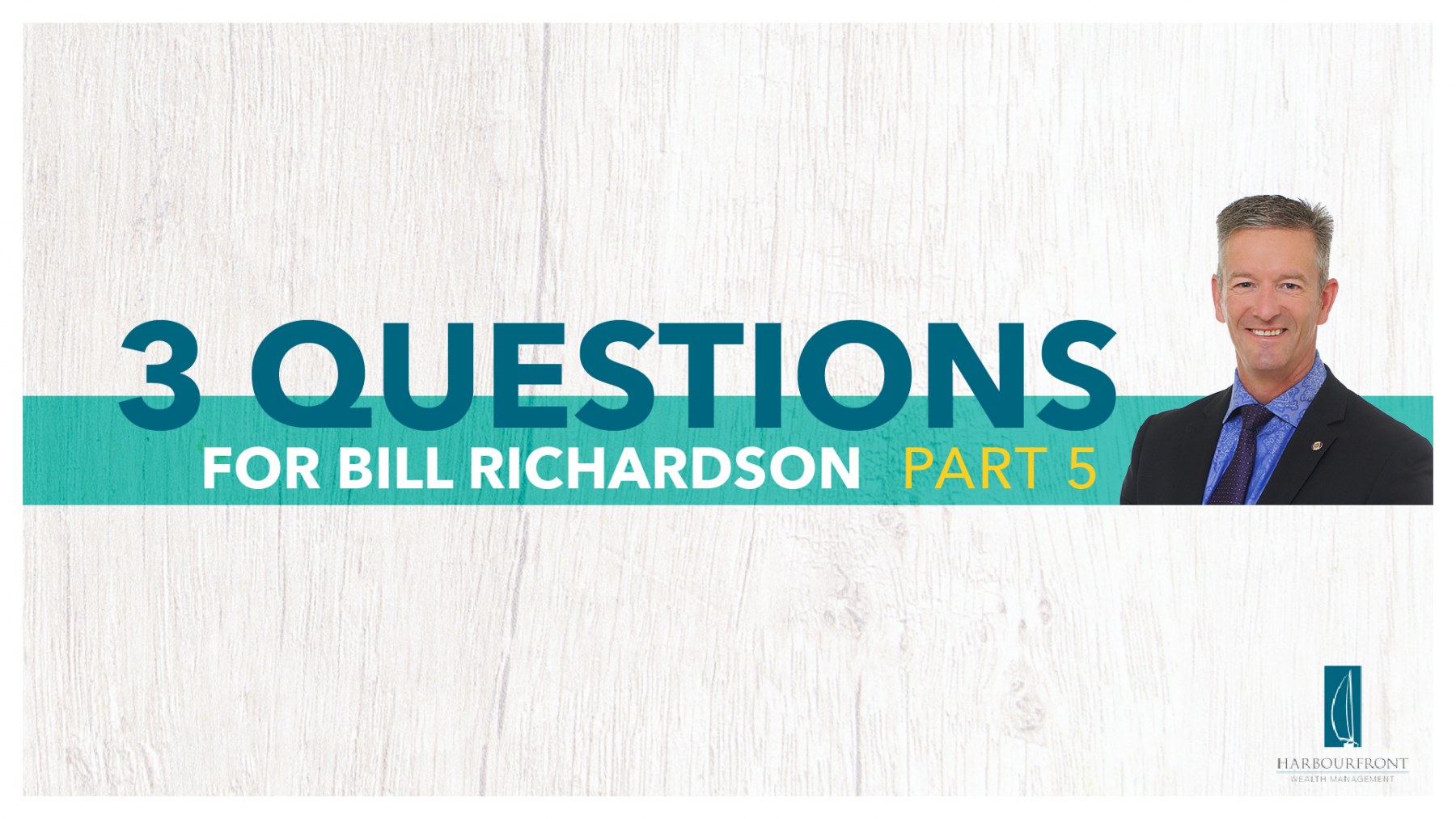Three Questions for Bill Richardson Part 5
Question 1: I hear people talking about fundamental and technical analysis relating to investing in stocks. Do you utilize these research methodologies, and which do you prefer?
There are two main camps on the best way to track markets and select stocks. Some analysts prefer technical analysis, which focuses on studying stock charts to determine if a stock is in a positive or negative trend or to determine where there is buying support or selling resistance.
Fundamental analysts look at such things as revenue or earnings growth or valuations, such as price/earnings or price/sales to determine whether a stock is available at an attractive value and should be purchased or at a price that is well above value and should be sold.
We fit into a third camp in which there are not nearly as many participants and that is, we believe that the right approach is a combination of the two approaches.
In a nutshell, we start with fundamental analysis and run a screen to identify companies that have consistently and predictably grown their earnings over the past five to ten years and then, we check analyst earnings predictions to see if the trend is expected to continue into the future. We call this our growth analysis. Then, we look to determine which stocks are trading at reasonable valuations. We call this our value analysis. Then we look at the price charts – we call this technical analysis.
To answer your question, we think that a combination of three types of analysis is best to help us choose the right stocks and avoid mistakes.
Question 2: Do you like Dividend Reinvestment Plans?
DRIPs, as they are called, are a good idea for most portfolios, unless you make regular cash withdrawals from your portfolio. They allow you to make commission-free purchases as there is no broker involved in your purchase. In some cases, you can also purchase shares at a discount to current market prices and most importantly it is a great way to dollar cost average.
If you are investing in a tax-sheltered investment, like an RRSP, it keeps all your money working for you instead of small amounts building up in your portfolio, which takes time and often money to deal with.
Question 3: If you were to take a look at my portfolio, what would be some things that would jump out at you as ways that you could improve my investment return?
Experience is a great teacher and in over 25 years helping clients to build investment portfolios, I have learned many lessons that are fairly easy to identify when I look at a portfolio. But before I answer this question, I should tell you that if I built what I thought was the ideal portfolio, I could still rip holes in it.
The first thing you should look at is to get a good understanding of the risk profile of your portfolio. We have pretty sophisticated software that allows us to run a portfolio and look at the historical “Drawdown” of a portfolio. Drawdown is the peak to valley decline of a portfolio. That is, if you looked at a performance chart of your portfolio, find the biggest drop and calculate how much it dropped from the peak to the lowest point. There is no better way to assess how risky a portfolio is than looking back at the trading history of the portfolio.
During the worst of the COVID crisis, the S&P 500 index dropped 34%. In 2008, it dropped 47% and between 2000 and 2002, it dropped 43%. So, that’s an average drop of 41% over the past 20 years. So, let’s say that your $500,000 portfolio dropped 40%, would you be comfortable losing $200,000? This size of drop has happened three times in 20 years so the odds are that it may happen again. In each case, it snapped back quickly but what if you needed the money during one of these drawdowns?
The best time to assess your comfort levels for risk is during market turbulence. This is a very good time to take an objective view of your risk tolerance as risk avoidance is very important in generating returns. I really like this question and will address it further in the next edition of 3 Questions for Bill Richardson.
As always, please let us know if you have any questions or concerns. Feel free to share with family and friends that you think would benefit.
Thanks,
Bill

